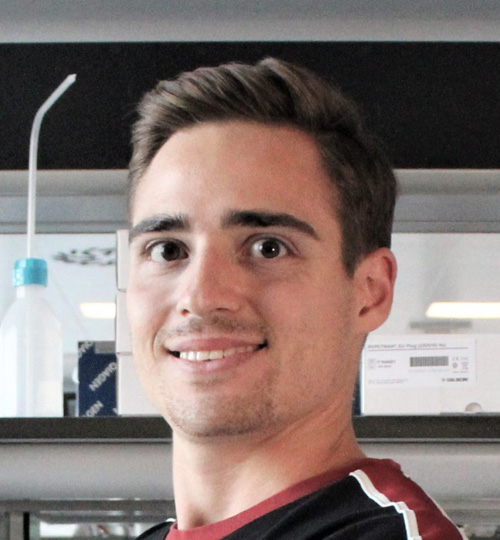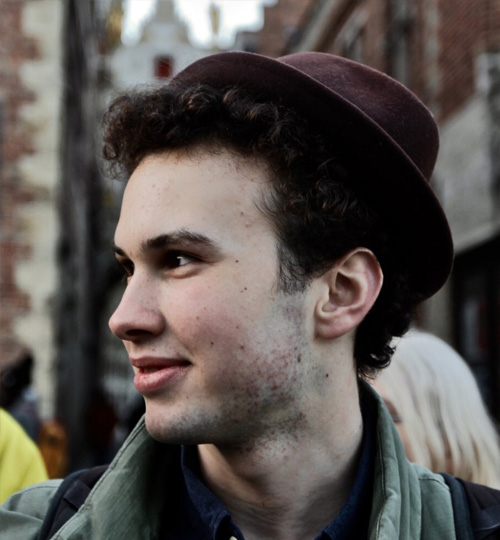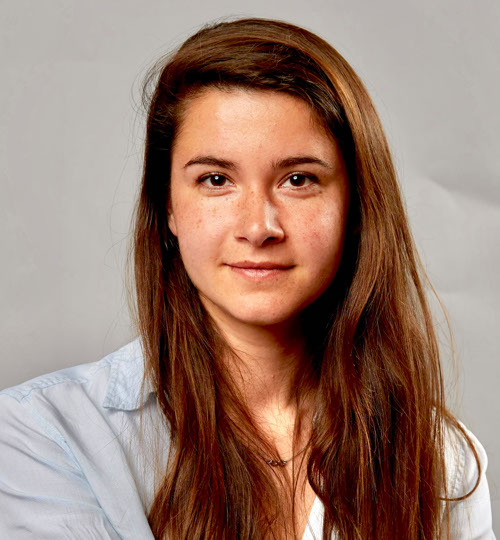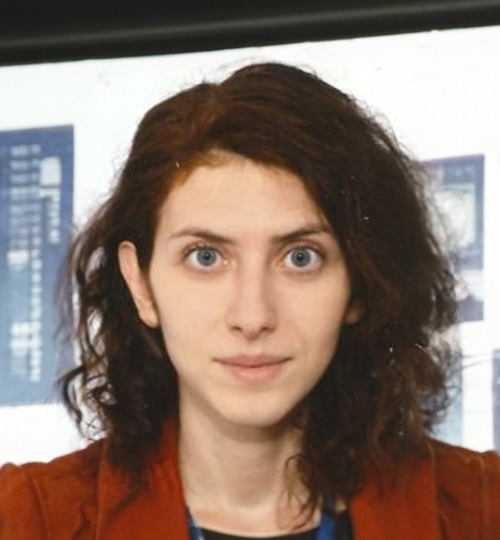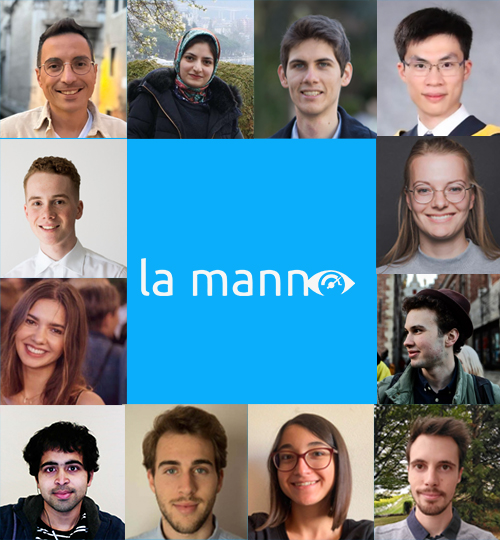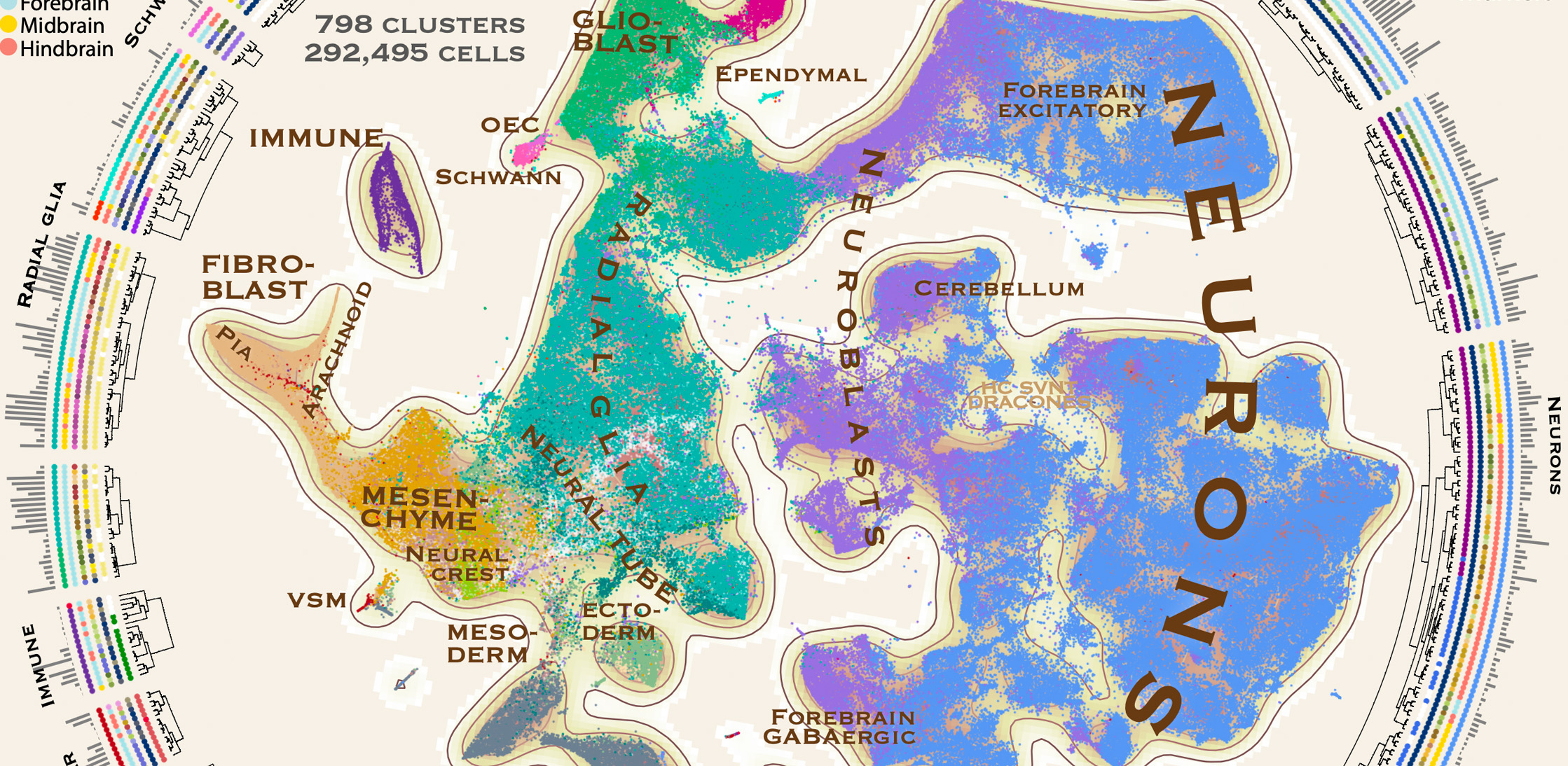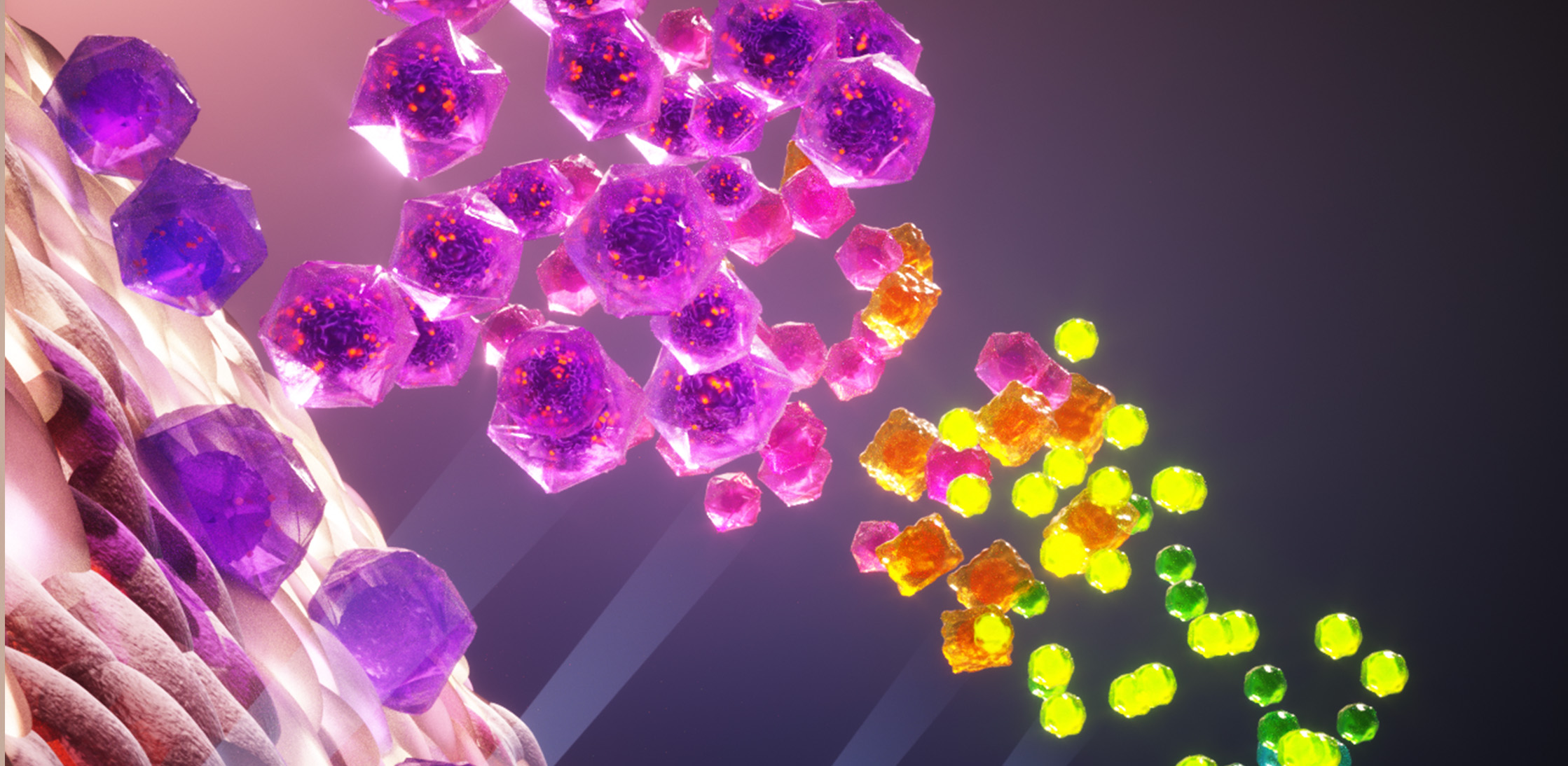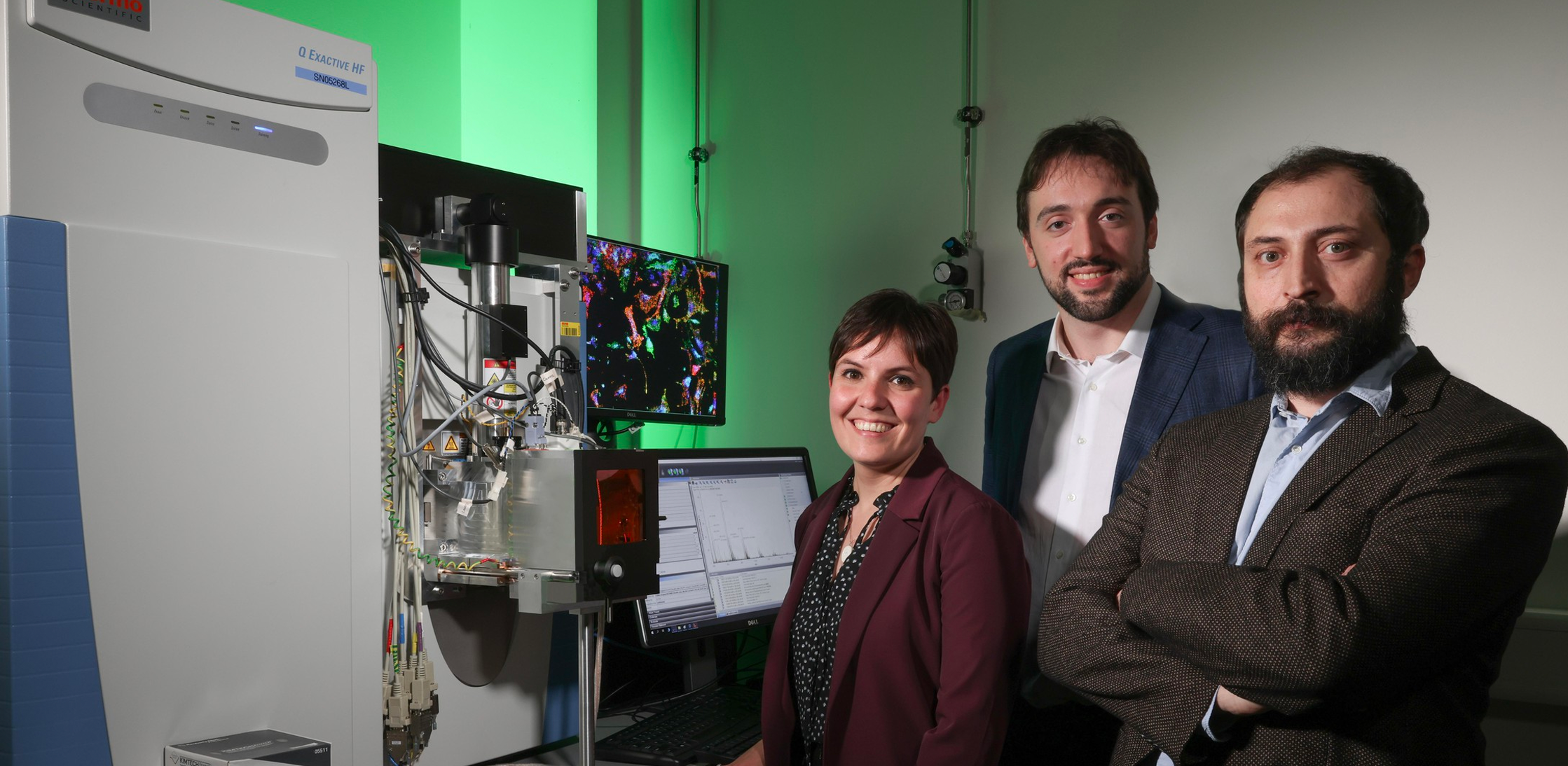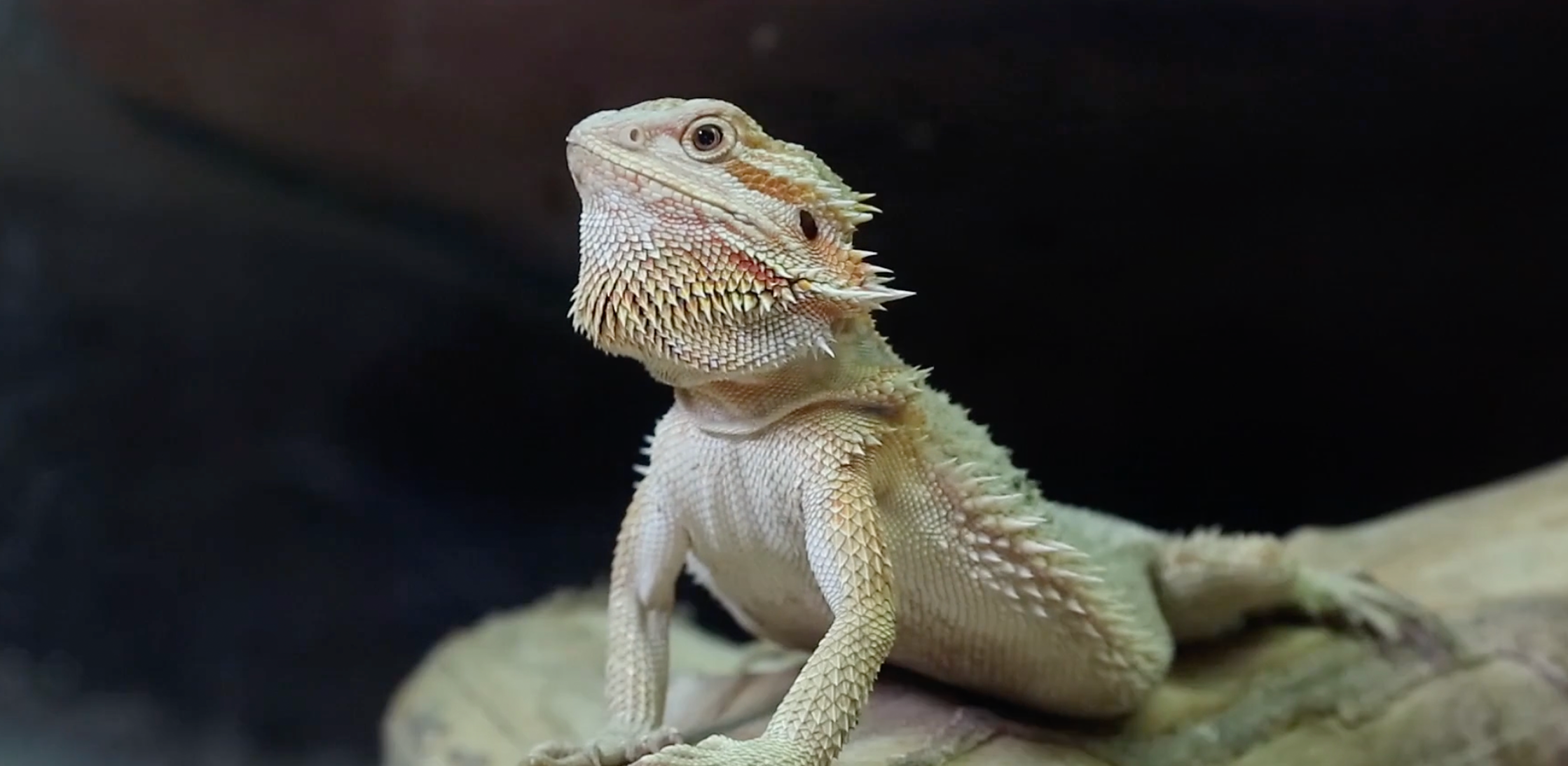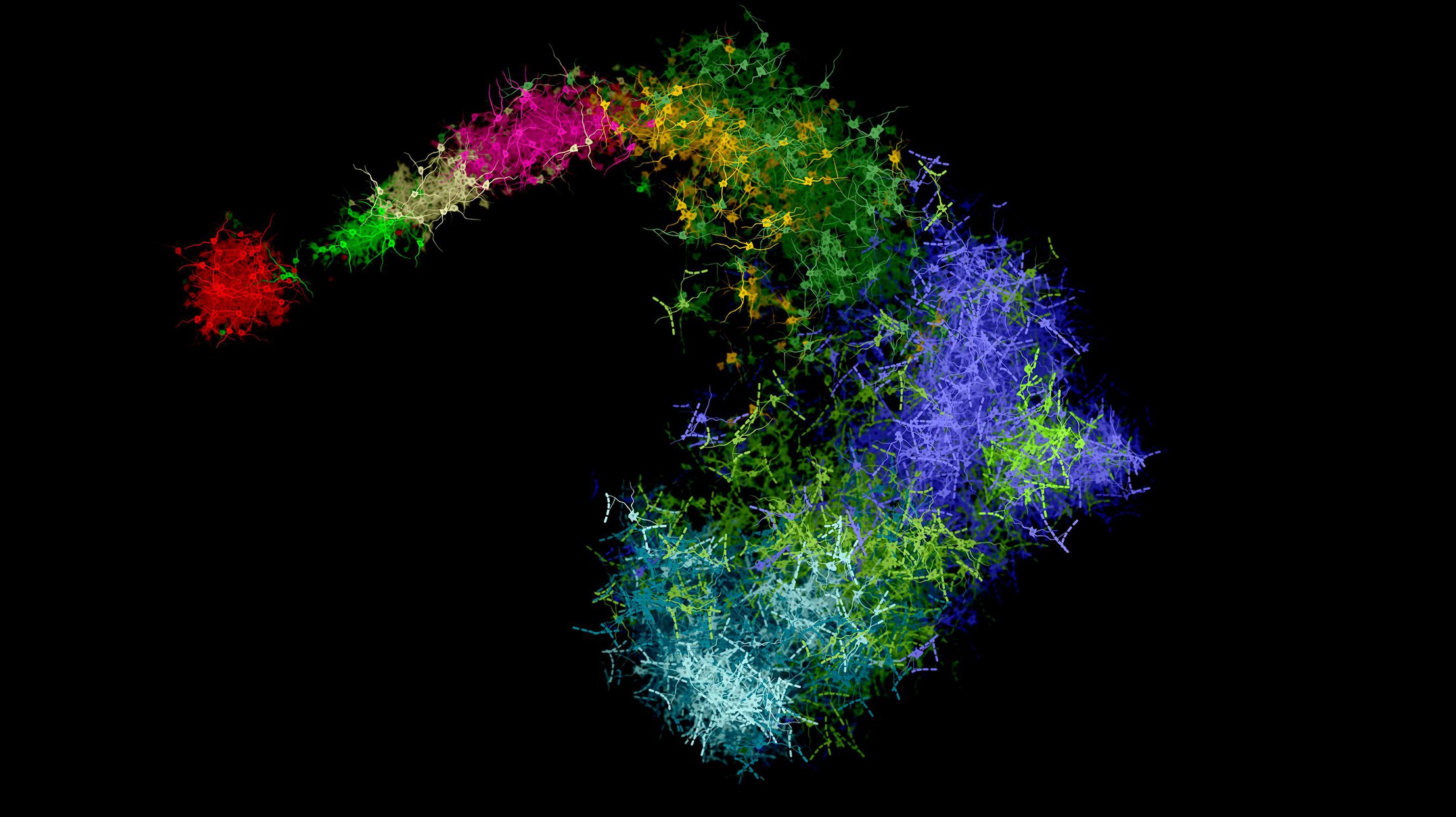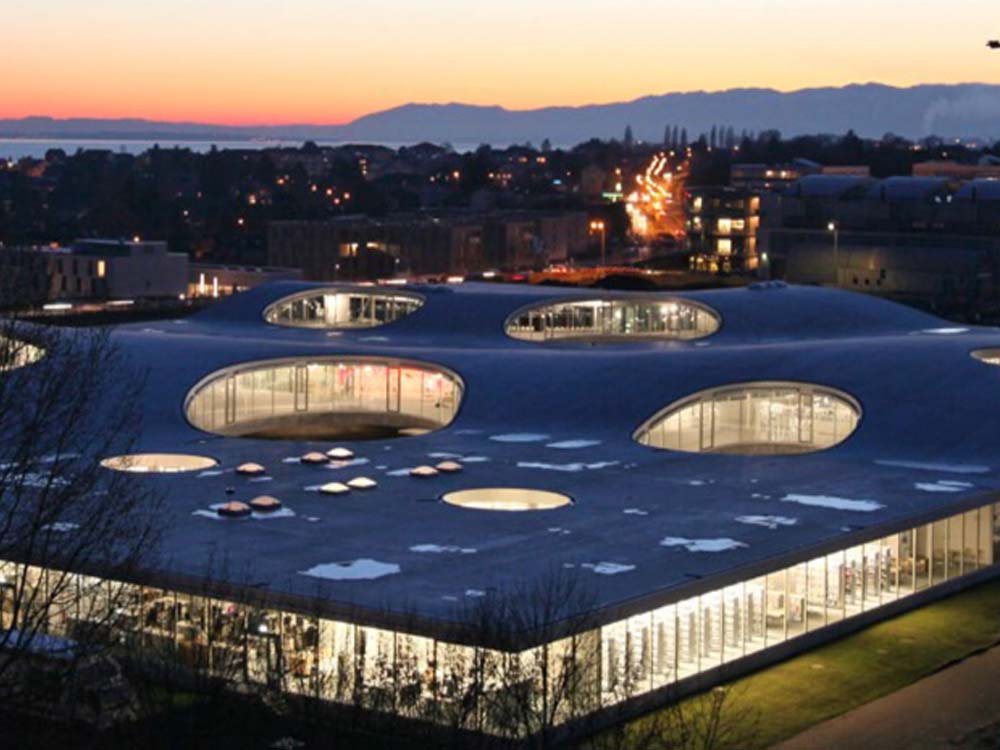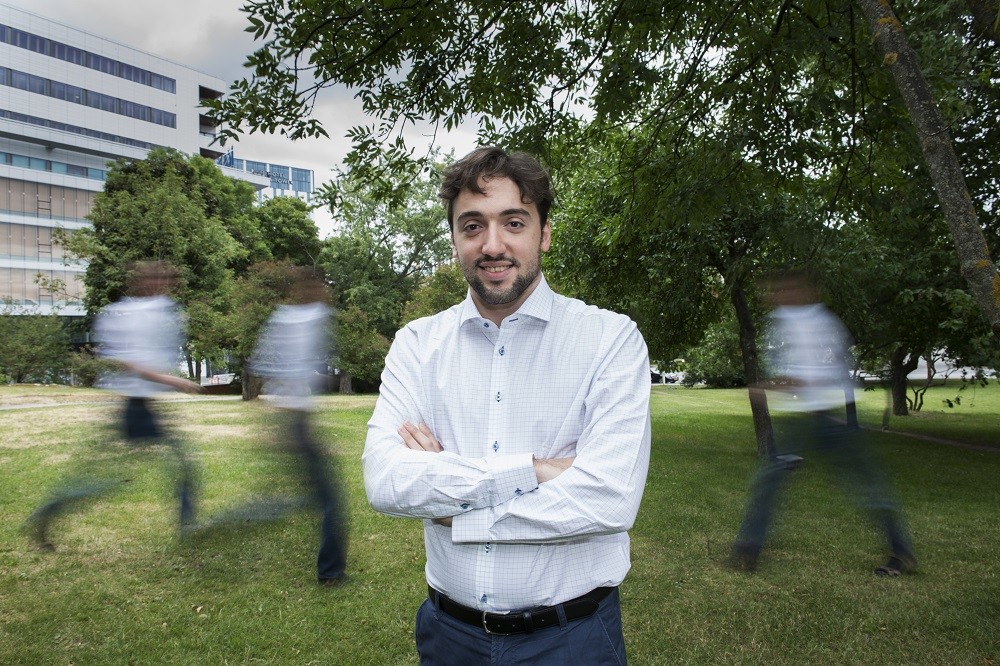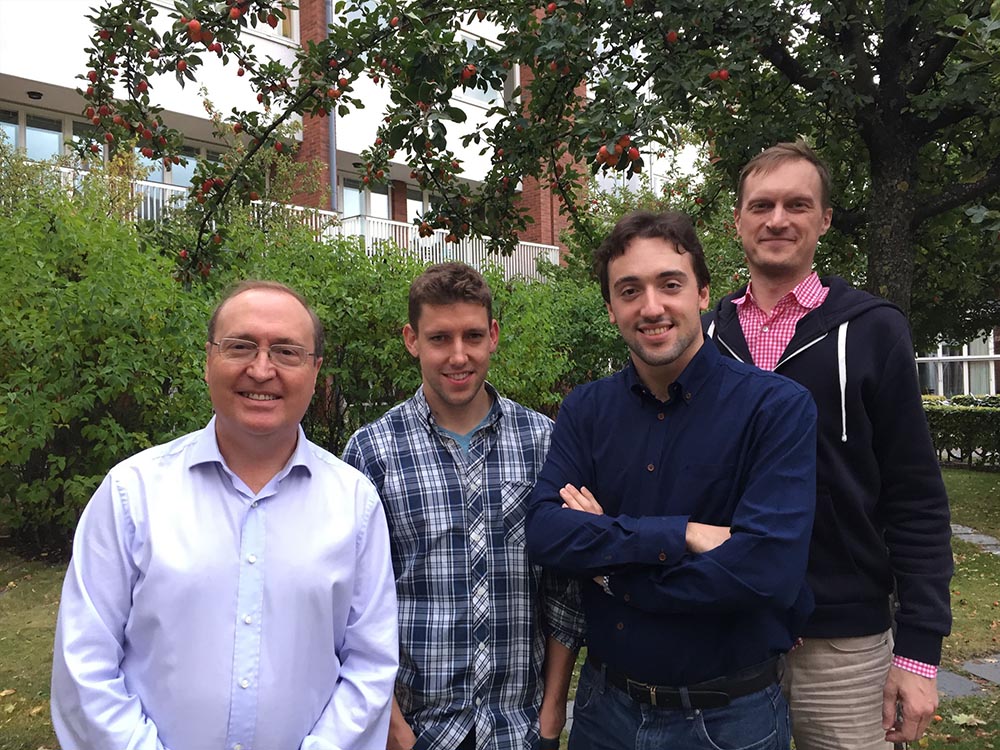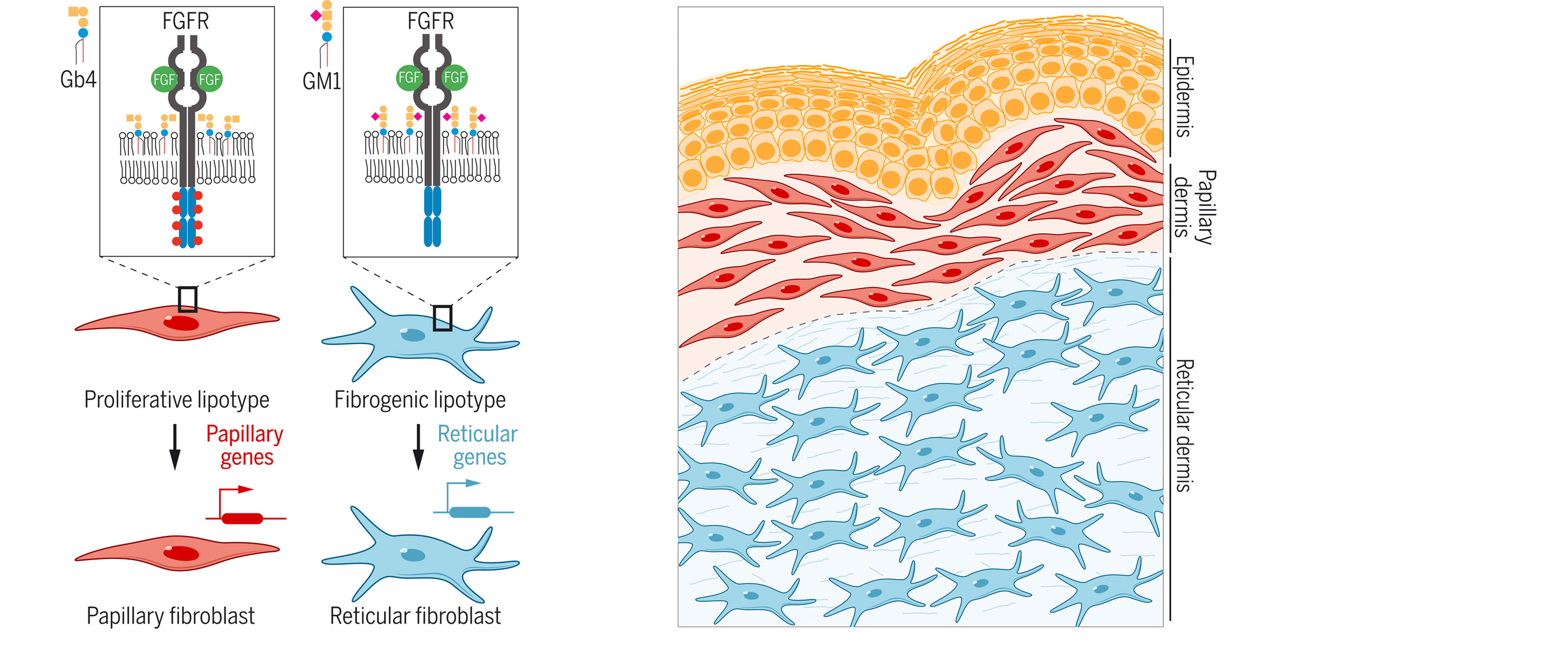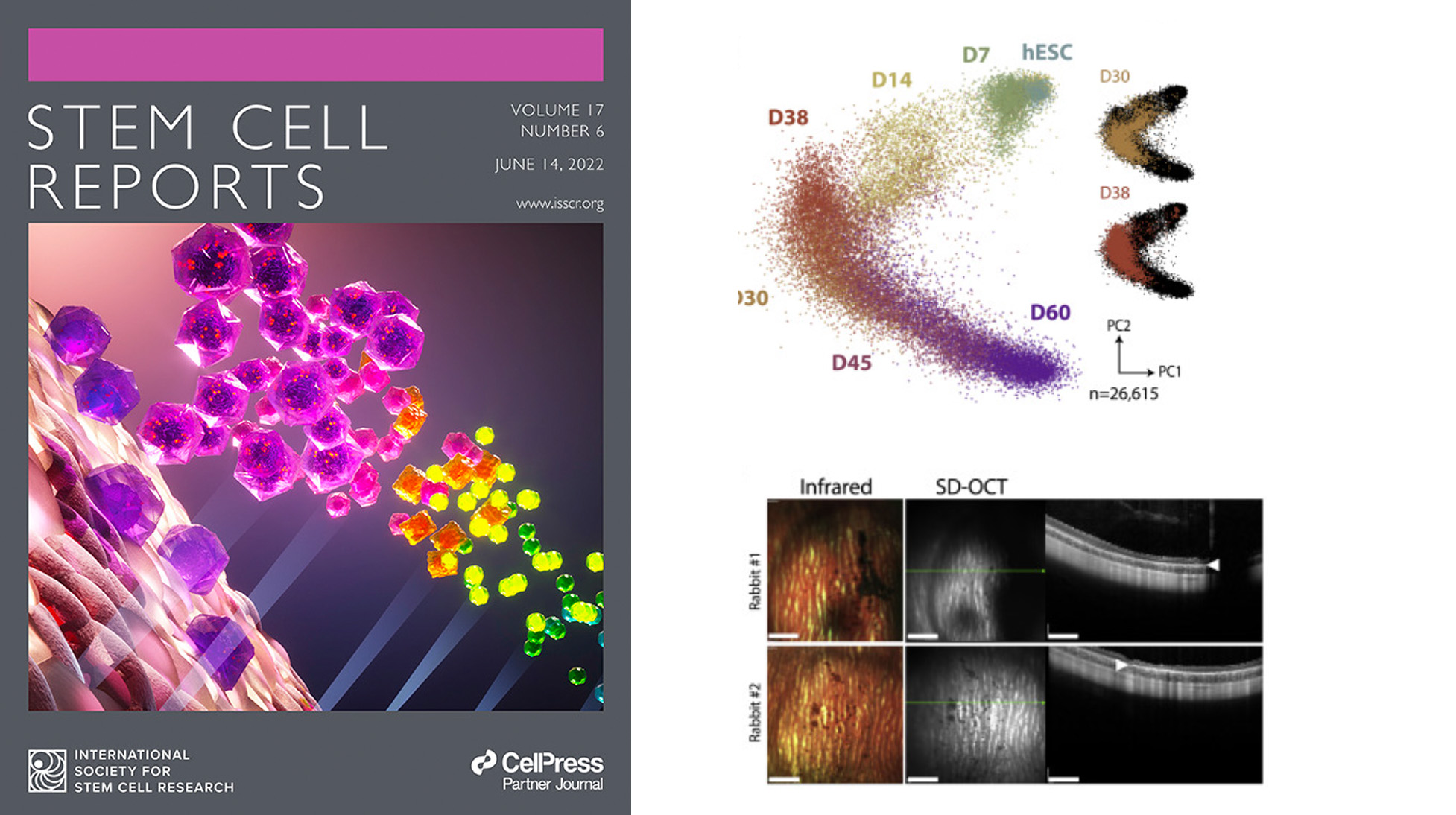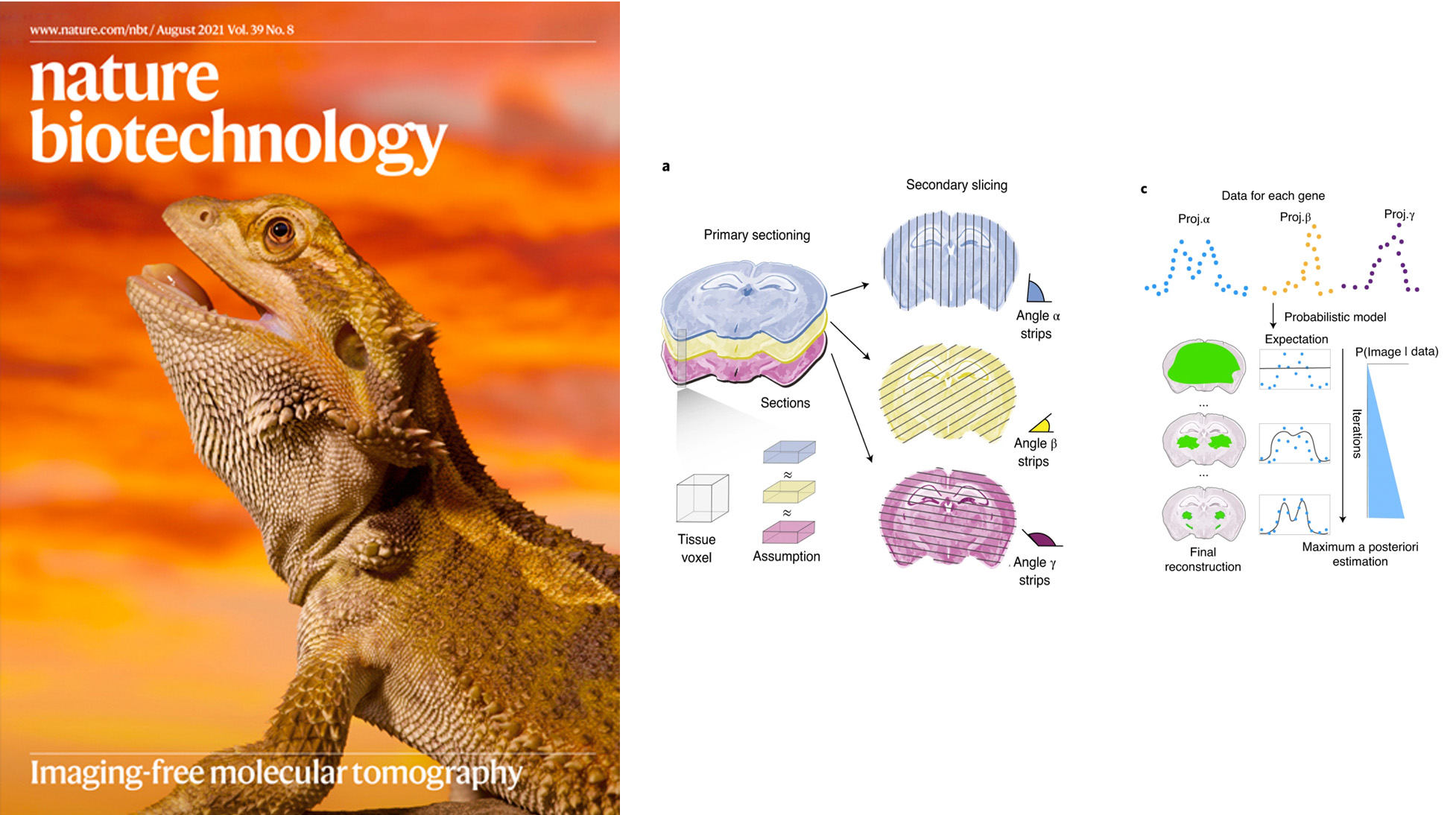Cell-to-cell lipid heterogeneity affects the determination of cell states, adding a new regulatory component to the self-organization of multicellular systems.
Capolupo L, Khven I, Lederer AR, Mazzeo L, Glousker G, Ho S, Russo F, Montoya JP, Bhandari DR, Bowman AP, Ellis SR, Guiet R, Burri O, Detzner J, Muthing J, Homicsko K, Kuonen F, Gilliet M, Spengler B, Heeren RMA, Dotto GP, La Manno G, D’Angelo G
Science,
2022
Human embryonic stem cell-derived retinal pigment epithelial cells (hESC-RPE) are studied as potential treatment for age-related macular degeneration (AMD). The study conducts single-cell transcriptomic profiling of an hESC-RPE differentiation protocol developed for clinical use, demonstrating its ability to produce a pure RPE pool.
Sandra Petrus-Reurer, Alex R Lederer, Laura Baqué-Vidal, Iyadh Douagi, Belinda Pannagel, Irina Khven, Monica Aronsson, Hammurabi Bartuma, Magdalena Wagner, Andreas Wrona, Paschalis Efstathopoulos, Elham Jaberi, Hanni Willenbrock, Yutaka Shimizu, J Carlos Villaescusa, Helder André, Erik Sundstrӧm, Aparna Bhaduri, Arnold Kriegstein, Anders Kvanta, Gioele La Manno, Fredrik Lanner
Stem Cell Reports,
2022
We report a comprehensive single-cell transcriptomic atlas of the embryonic mouse brain between gastrulation and birth. We identified almost eight hundred cellular states that describe a developmental program for the functional elements of the brain and its enclosing membranes.
Gioele La Manno, Kimberly Siletti, Alessandro Furlan, Daniel Gyllborg, Elin Vinsland, Alejandro Mossi Albiach, Christoffer Mattsson Langseth, Irina Khven, Alex R. Lederer, Lisa M. Dratva, Anna Johnsson, Mats Nilsson, Peter Lönnerberg, Sten Linnarsson
Nature,
2021
We describe an imaging-free framework to localize high-throughput readouts within a tissue by cutting the sample into thin strips in a way that allows subsequent image reconstruction. We applied the technique to the brain of the Australian bearded dragon, Pogona vitticeps. Our results reveal the molecular anatomy of the telencephalon of this lizard, providing evidence for a marked regionalization of the reptilian pallium and subpallium.
Halima Hannah Schede, Christian G Schneider, Johanna Stergiadou, Lars E Borm, Anurag Ranjak, Tracy M Yamawaki, Fabrice P A David, Peter Lönnerberg, Maria Antonietta Tosches, Simone Codeluppi, Gioele La Manno
Nature Biotechnology,
2021
Here we show that RNA velocity - the time derivative of RNA abundance - can be estimated by distinguishing unspliced and spliced mRNAs in standard single-cell RNA sequencing protocols. RNA velocity is a vector that predicts the future state of individual cells on a timescale of hours.
Gioele La Manno, Ruslan Soldatov, Amit Zeisel, Emelie Braun, Hannah Hochgerner, Viktor Petukhov, Katja Lidschreiber, Maria E. Kastriti, Peter Lönnerberg, Alessandro Furlan, Jean Fan, Lars E. Borm, Zehua Liu, David van Bruggen, Jimin Guo, Xiaoling He, Roger Barker, Erik Sundström, Gonçalo Castelo-Branco, Patrick Cramer, Igor Adameyko, Sten Linnarsson & Peter V. Kharchenko
Nature,
2018


